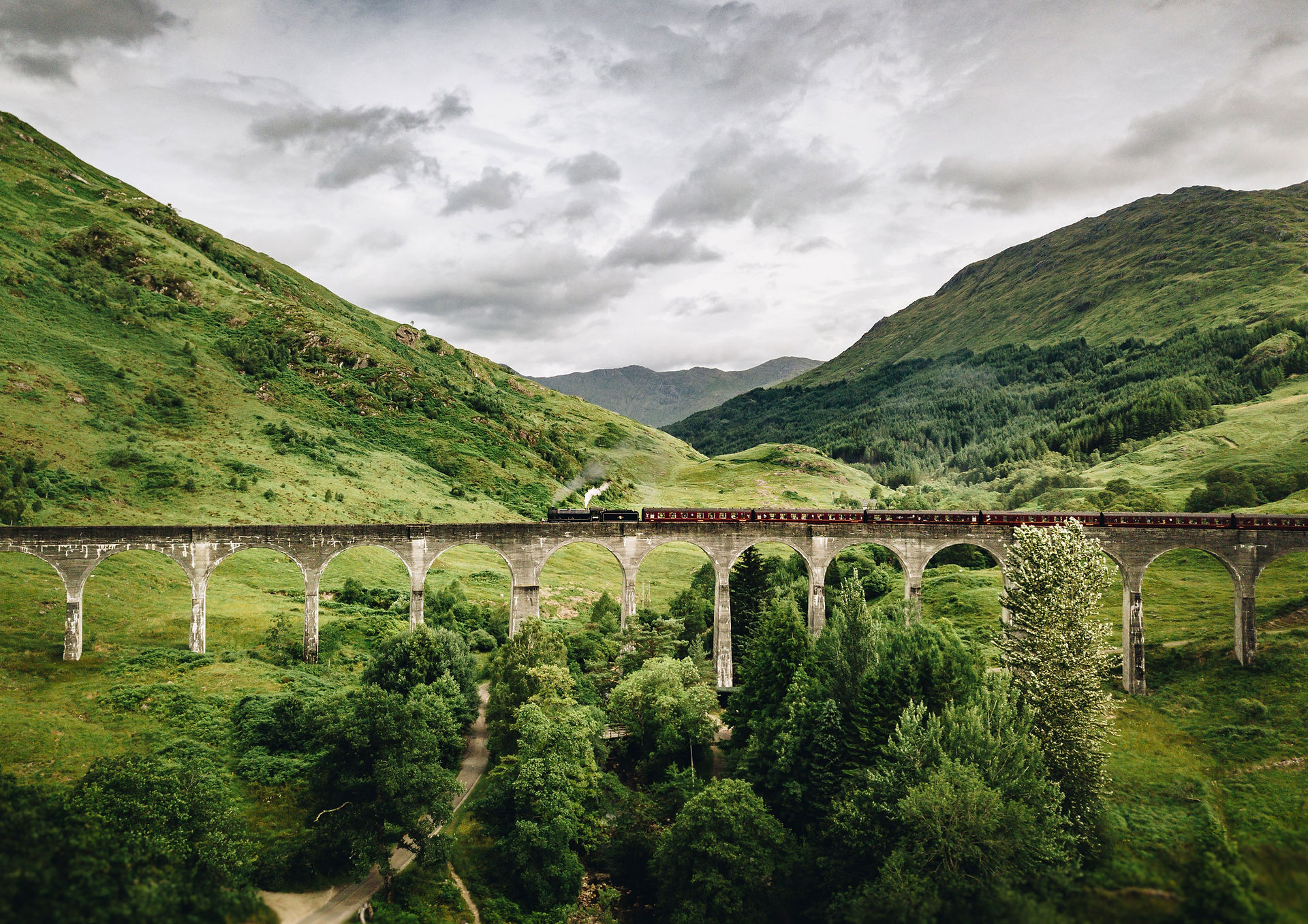Is It Risky to Build the Ram Temple on the Same Designated Spot?
- ritafarhatkurian
- Mar 25, 2022
- 4 min read

Is It Risky to Build the Ram Temple on the Same Designated Spot?
On November 9, 2019, a five-judge bench of the Supreme Court ordered the disputed land (2.77 acres) to be handed over to a trust formed by the Government of India to build the Ram Janmabhoomi Temple. The court also ordered the government to give an alternate five acres of land in another place to the Sunni Waqf Board for the purpose of building a mosque.
The temple construction is now being supervised by the Shri Ram Janmabhoomi Teerth Kshetra. The ground-breaking ceremony was performed on 5 August 2020 by India’s Prime Minister Narendra Modi.
The trust reports that the first two phases of the construction work, the temple’s foundation, and raft were laid and now the third phase has begun which includes constructing the plinth and saying it will be completed by May.
The Trust also states, “The construction work of the temple is progressing according to the plan and by December 2023, devotees will be able to get the opportunity of Lord Shri Ram darshan.”
Complications That Are Emerging
Towards the end of December, tests revealed that structural piles made to bear the weight of the temple did not give expected results, according to Shri Ram Janmabhoomi Teerth Kshetra Trust. The Trust, created to facilitate the construction of the Ram temple following the Supreme Court’s verdict in the Ram Janmabhoomi-Babri Masjid title suit worked on alternatives.
A team of technical experts from the IITs, NITs, the Central Building Research Institute (CBRI) in Roorkee, and engineers from companies like Larsen & Toubro (L&T) and Tata Consulting Engineers (TCE) started discovering different complications rising to make it risky to make the building of the temple on the same spot.
Firstly, there was loose sand due to the water flow on the west side of garbhagrih of the planned Ram temple. The foundation design, finalized and submitted by the L&T, comprised plain cement concrete raft resting on about 1200 cement concrete piles going 20 to 40 metres deep and around 1 meter in diameter.
The Saryu River that is flowing on the west side of the garbhagrih, water and loose sand mounting on the foundation, in close proximity to where the pillars are to stand are a threat to the foundation of the Ram Temple and the structure’s strength cannot be ensured on loose sand.
Secretary of Ram Mandir Trust Champat Rai said, “There is a flow of water on the western side where the sanctum sanctorum of Ram Mandir is to be built. Saryu River flows from there.”
Rai went on to say, “That is why the experts are having discussions over how to stop the water from reaching the temple, how to make a strong foundation on loose sand, and how to increase the concrete’s longevity,” he said, adding that a retaining wall, to ensure that the water flow does not reach after changing course, will be made underground.
Another problem that struck the Ram temple construction work in Ayodhya was the finding that the testing pillars failed to withstand the earthquake shocks and the weight of the temple structure due to loose sand and water flow on the western side of the sanctum sanctorum.
Earlier, Jagdish Aphale, who is the project manager of the Trust, told The Indian Express that the experts have found that only piling and rafting will not be enough to hold the weight, and that is why some alternatives are being discussed. “Some meetings already have been conducted and it is said that by the end of this month it all will be finalised. The same would then be presented before the Trust and if all is fine, the work will start. However, we cannot start without a proper plan. The plan is still of making a building that could stand for a millennium,” he said. Amid concern among residents in Ayodhya that their land could be acquired if the Trust needs more than 70 acres given to them to develop the Teerth Kshetra, Rai said the land acquisition would be done by the government, and there was no reason to believe the government would do any such thing.
“With a view to achieving strength, other physical and chemical features and consequent longevity, the work of plinth with granite stone has begun from January 24 this year. Keeping in mind the longevity of the temple life, it was decided to use strongest natural granite of southern India. Thus, the third phase construction of the temple with stone has formally commenced,” the trust said.
On this plinth, which acts as base for the building, the superstructure of the temple will be constructed.
About 17,000 granite stones of size 5 ft x 2.5 ft x 3 ft will be used in the construction of plinth. The weight of each stone is approximately 2.50 tonnes. The activity of laying of granite stone is likely to be completed by May. After the completion of plinth work, actual construction of the temple’s main structure would start.
The foundation of Ram Mandir is presently complete with the granite from Karnataka and Mirzapur’s sandstone is to be used next.
The ground floor of the Ram Mandir, where the sanctum sanctorum will be located and where an idol of Ram Lalla will be placed, will be ready for prayers by December 2023.
Still, with everything ready and on the go, warning bells are still ringing. it is possible that over time, water from Saryu River could seep in, weakening the foundations again. Is the deity trying to warn the people not to make a temple in the same area where so much blood was shed?
Rita









Comments